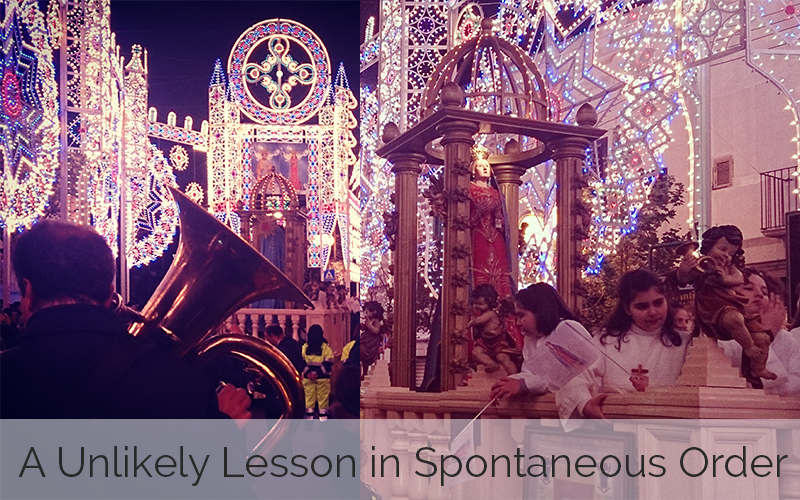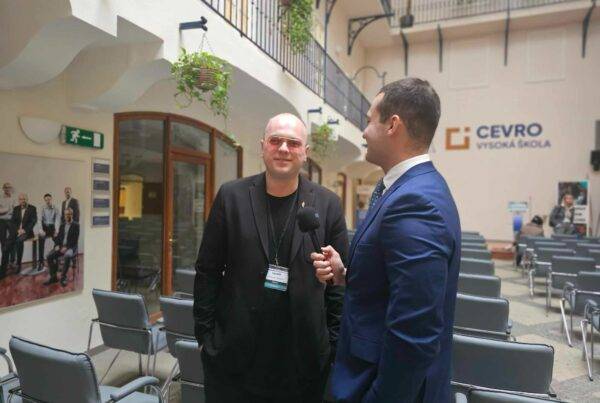Patron Saint’s festivals are a centuries old Catholic tradition, in which a city celebrates its protector.
For instance, Gubbio’s celebration of Saint Ubaldo traces back to the 12th century, or the Saint Agata festival in Catania dates as far back as the 3rd century.
Every village in Italy, no matter how tiny, takes the time to celebrate its patron saint.
In my home town, Ginosa in southern Italy, we have a few, but my favourite is the celebration of the Madonna d’Attoli (Attoli is an area of our countryside where there’s a small sanctuary).
For centuries, even when it was a village of very poor, illiterate farmers and farm hands, Ginosa celebrated its patron saint with a horse parade, a marching band, and a decorated float carrying the statue of the holy Mary and a choir of girls who had their first communion in that year.
What’s amazing is that despite how poor the population of the village these festivals were——and still are——funded by voluntary donations from the population.
As a student of economics you are told that this situation would create a public goods problem. In technical terms, such a festival is considered a public good due to the fact that it is non-excludable and non-rivalrous, which are just fancy ways of saying that you cannot forbid people to come to watch the procession.
Furthermore, as contribution is voluntary and anonymous, there’s is a strong incentive to for people to be free riders on the contributions of others. Thus, abstract logic dictates that this would result in a collective failure, for if all the individuals in pursuit of their self-interest opted not to contribute, counting on the fact that the others would, in the end no one would contribute. This is one of the core issues of social studies.
Fortunately, human beings always find ways to build traditions, rules, and institutions to turn individual rationality into collective welfare. As did the farmers in Ginosa.
In his famous Logic of Collective Action, Mancur Olson explained that it is indeed harder for larger groups to contribute to a common goal, because the individual incentives that lead them not to contribute increase with group size. Also, the larger the group, the greater the organisation costs (fixed cost) are, thus the higher the hurdle that must be jumped before any of the collective good can be obtained.
But, there are ways around this! How can a large number of people, in this case all the citizens of Ginosa, make public good events like patron saint festivals happen?
The answer is: selective incentives.
While collective benefits are non-excludable, it is possible to tie private benefits to the provision of the collective good.
These are additional benefits that depend on individual contributions, so those who do not work for the group interest and those who contribute can be treated differently.
A typical mechanism for rewarding contribution to common goods through charity is to make people aware of the contribution. In our case, during the procession, the marching band which follows the choir stops and start playing in front of the shops that contributed the most to the festivity. This in turn gains these shops favour from the spectators, which is a great form of advertisement!
Without knowing any economics, or ever thinking about contribution games and public good problems, every years for centuries Italian cities have enjoyed amazing, voluntarily funded, patron saint festivals.
Spontaneous order is awesome.




